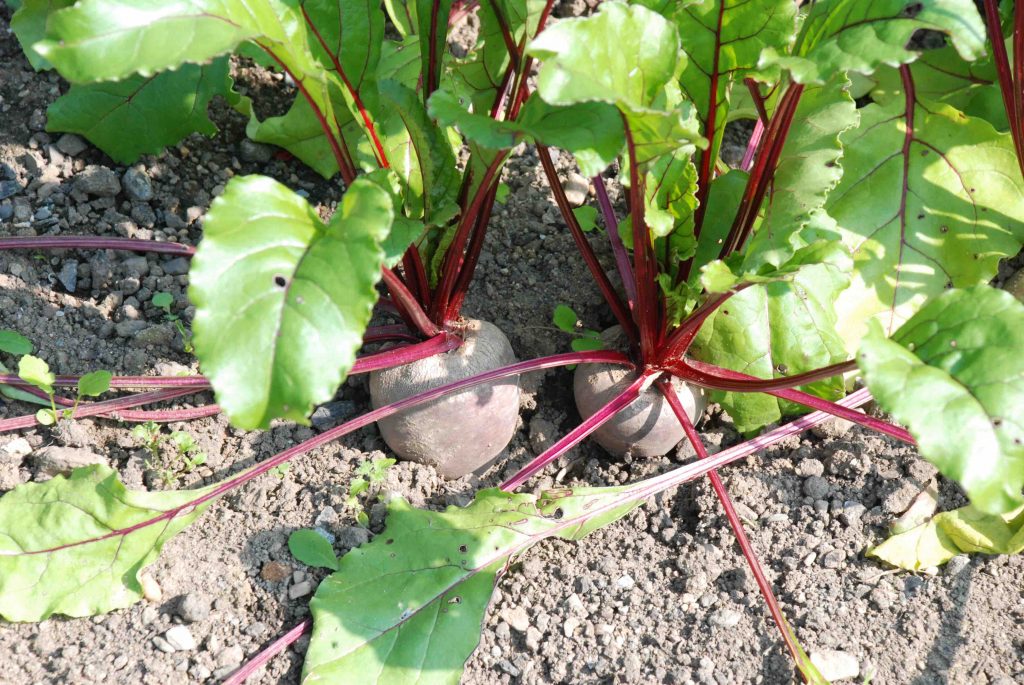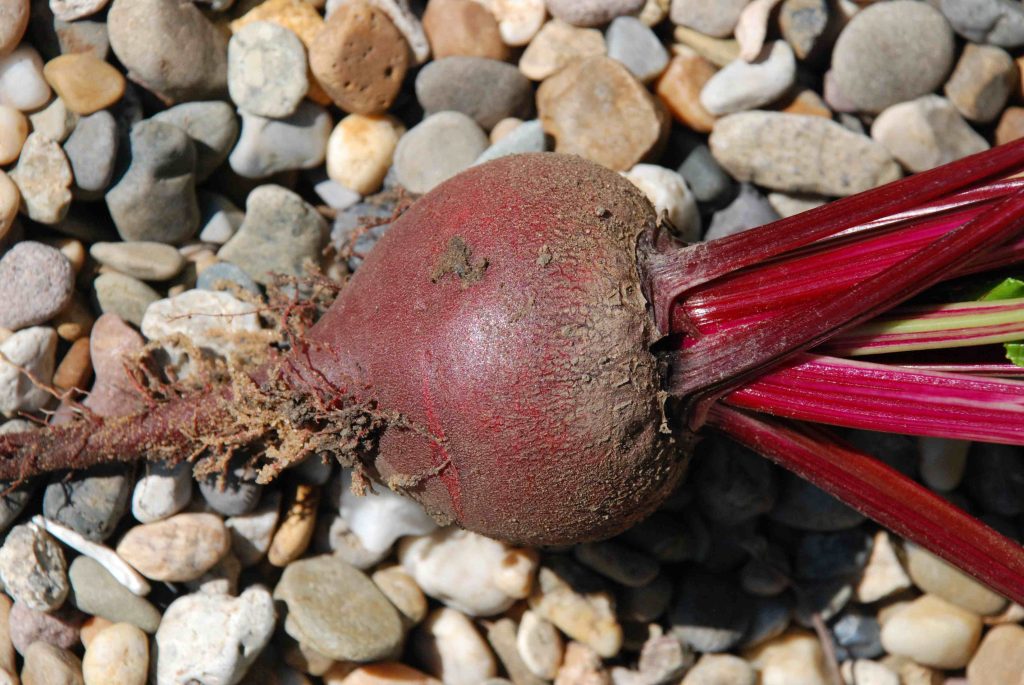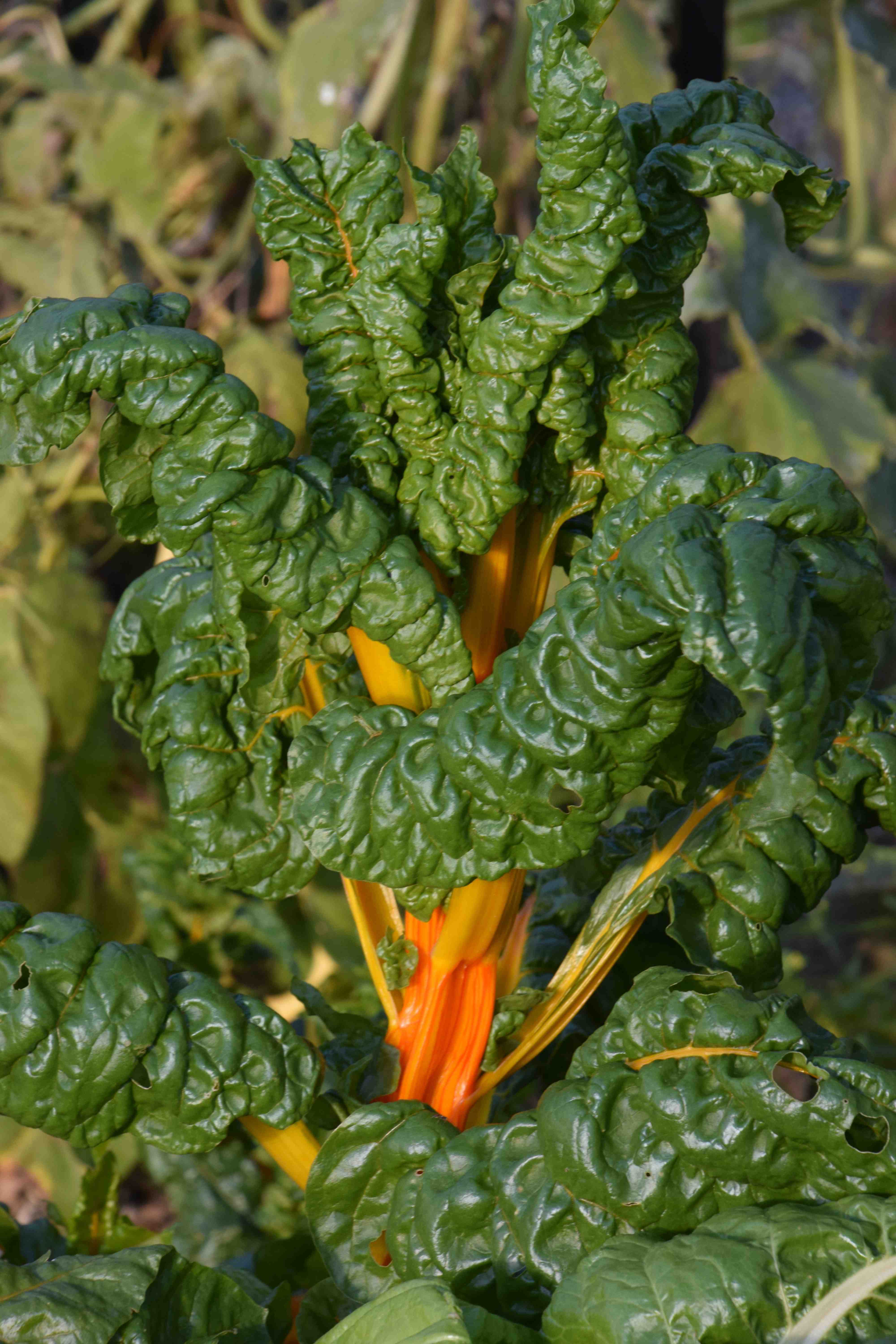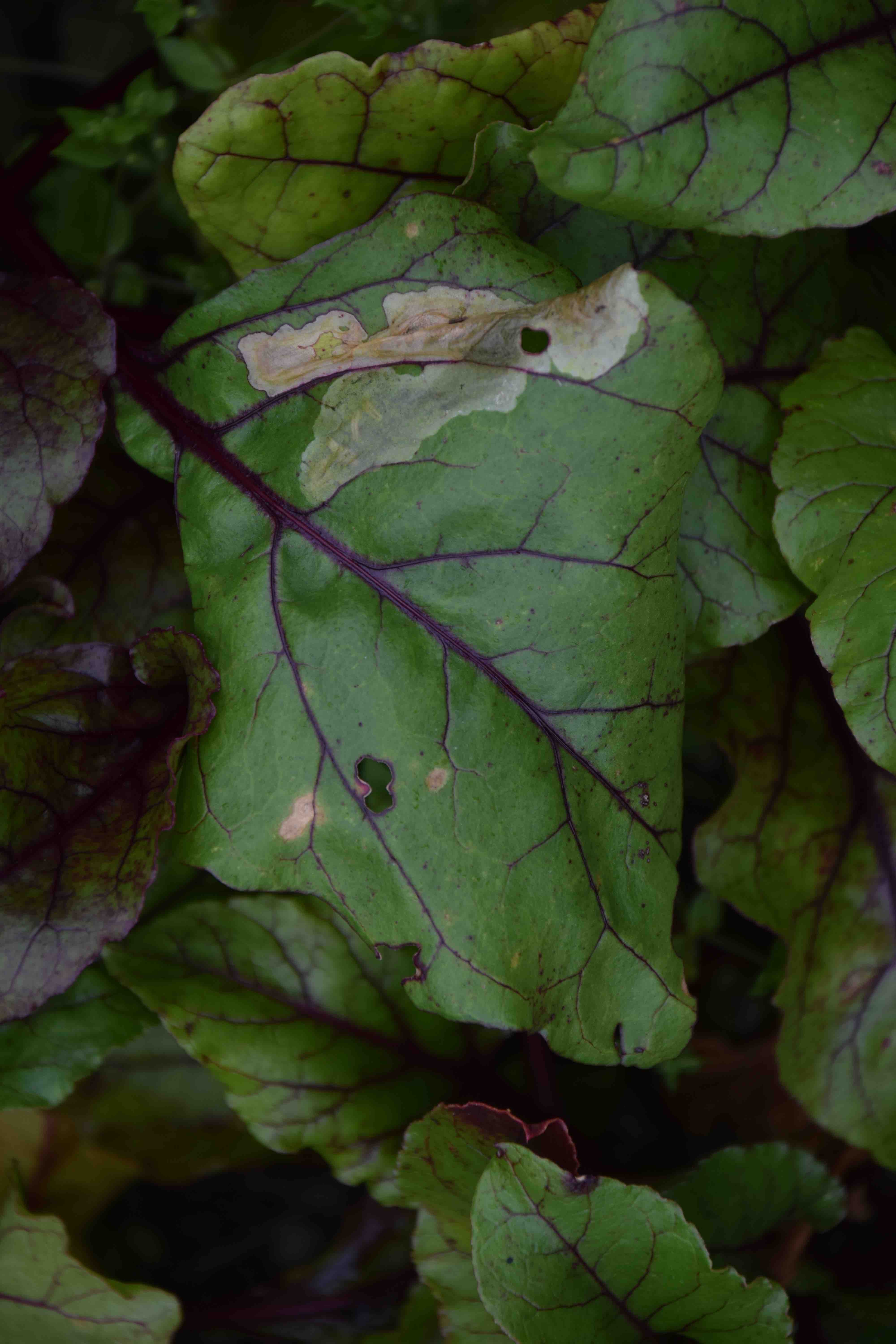
Beetroot is an ideal veg to grow if you are a beginner. There are lots of reasons. The seeds are large and easy to handle and they do not need special conditions to germinate. Because they are large they are easy to space so that reduces the need to thin them.
Beetroot has few pests, especially compared to carrots and parsnips. You can eat the roots at almost every stage: you can pull them when they are small, about the size of a golfball, or you can leave them to mature and lift in autumn when the size of a tennis ball. Because the ‘roots’ grow partly above ground they are not as adverse to heavy, clay soils as other root crops and they are easier to harvest. And as if that wasn’t a good enough reason to grow them, tiny seedlings that need to be thinned out can be eaten raw in salads and, if you are desperate, the leaves of mature plants can be eaten as a spinach substitute too.

So where to start?
You can grow beetroot in your raised beds or veg plot or in pots of multipurpose compost. Each seed is actually a cluster of seeds unless you grow ‘monogerm’ varieties. Take out a drill (shallow trench) about 1cm deep and sow the seeds about 4-5cm apart along this. Cover with soil, water and keep moist until the seedlings appear. When the seedlings have several leaves you can thin the clumps that grow from each seed cluster. To do this, water the row, pull up excess seedlings, leaving them singly about 5cm apart, and you can eat the thinnings. Then water again to settle the seedlings in.
When the roots are big enough to harvest, pull up alternate plants so you leave the remaining plants about 10cm apart to grow for a later crop.
There are lots of different kinds of beetroot including kinds with yellow or white roots. Personally I like the red best and the white looks a bit grey when cooked. F1 hybrids are often quicker to mature or have intense colouring and although the seeds are more expensive they are often a good choice unless you eat tonnes of beet.
You can sow beetroot from now till July.

Chard or leaf beet is a handy spinach substitute but is actually a kind of beet that has been bred for leaves rather than roots and is grown in the same way. Give plants lots of space to develop. I use red and yellow chard in the flower beds rather than in the veg garden and harvest a few leaves as I need them.
Tip
To make the most of your space sow some radish at the same time as the beet along the row. These germinate and grow quickly and can be harvested before they crowd out the beetroot.

Beetroot is rarely troubled by problems. Later in the season you may get mildew on the leaves or leaf miner – a pest that burrows into the leaves. Neither do much harm to the crop.